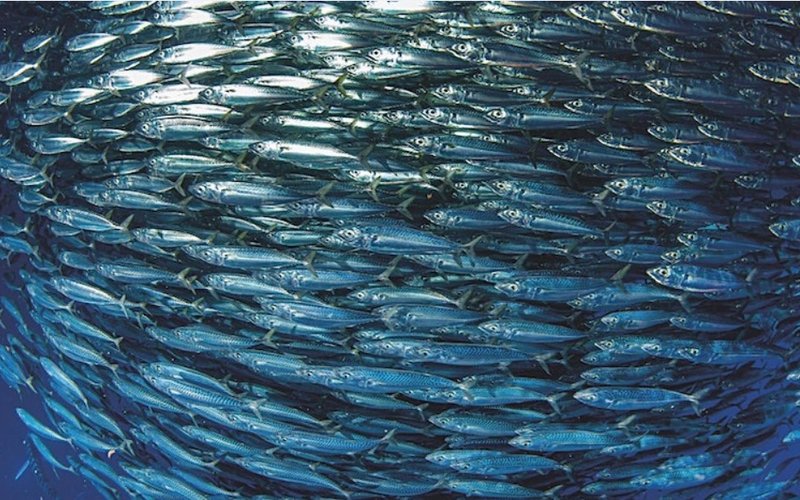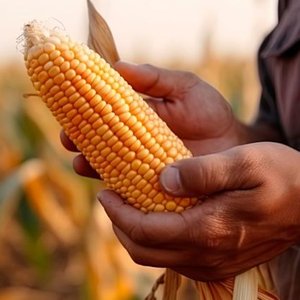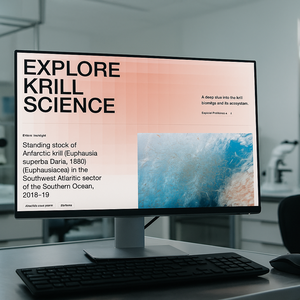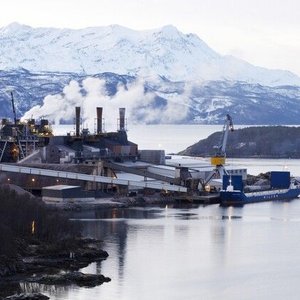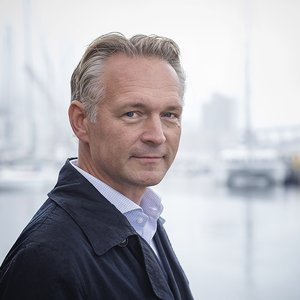The future of pelagic fisheries in the Northeast Atlantic has been recently under concern. In recent years, the total combined catches of mackerel, Atlanto-Scandian herring and blue whiting have exceeded ICES scientific recommendations by more than 4.5 million tonnes. Currently, all MSC certificates for these species in the North East Atlantic have been suspended.
For over ten years, decision-makers among coastal states have struggled to reach a consensus on quota allocations for the Northeast Atlantic stocks of these species. Despite the presence of scientific evidence and comprehensive management plans, the absence of collaboration among coastal states hinders the achievement of a sustainable future for pelagic fisheries.
The European Fishmeal and Fish Oil Producers (EFFOP) hosted a webinar discussing the value chain perspectives on the future of pelagic fisheries in the Northeast Atlantic. According to Claus Sparrevohn, chief biologist for the Danish Pelagic Producer’s Organization and member of ICES WGWide, the outlook for these important stocks for the fishing industry is not optimistic. The stocks of blue whiting, herring and mackerel are facing challenges in terms of biomass and recruitment, and the lack of measures to manage these marine resources is unlikely to change the situation.
The situation directly affects the aquafeed industry since some of these species, mainly blue whiting, are used to produce fishmeal and fish oil, a raw material of special importance for Norwegian aquafeed companies. During the webinar, Leif Kjetil Skjæveland, manager of Sustainability and Public Relations at Skretting, discussed some of the consequences the lack of agreement has on the value chain.
An important ingredient
The aquafeed industry has embarked on a transition to sustainability and has been reducing the amount of marine raw materials in feed recipes in the past few years. “If we would produce the same recipe today as in the 1990s, there won’t be enough wild fish to support the industry we have today,” Skjæveland said. Even though marine raw materials represent a small percentage of feed recipes today, the industry still wants them because they are excellent ingredients.
An example of how important marine ingredients are is cardiomyopathy syndrome (CMS), the illness that kills more salmon. According to recent research, when the disease is detected, if the salmon is fed with fish oil, omega-3s and algal oil, salmon manage to fight the disease.
Media pressure and its effect on consumers and retailers
Skjæveland highlighted that there is also a problem with the media message and its impact on the value chain and consumers. “Whenever there is an article in the media about overfishing in the world, the aquafeed and salmon industry are always getting blamed but we only buy marine raw material from certified sources and from fisheries that are well-managed.”
Some examples presented by Skjæveland were The Guardian mentioning UK chefs not willing to serve farm-raised salmon due to the use of antibiotics and the high use of wild fish to feed salmon, and in Sweden, with fliers circulating in restaurants suggesting they are not getting herring because of the Norwegian salmon industry. “Norwegian salmon feed industry only uses 1% of the herring being fished in the Baltic,” Skjæveland said.
In terms of retailers and how to cope with the media statements and their effect on consumers, in France, seven retailers got together with an NGO and defined what they wanted the salmon feed to be, mainly the use of less fishmeal and fish oil, increased use of trimmings and novel ingredients, increase the proportion of MSC, MarinTrust or FIP certified marine ingredients, and certified soy. The most important request was to use less wild fish. “We agreed with that but also said that it is good to use fishmeal and fish oil unless it is from sustainable sources,” Skjæveland said.
Sustainability
Skjæveland mentioned the Coller FAIRR Protein Producer Index, an organization that advises investors and assesses the largest animal protein producers on critical environmental, social and governance (ESG) issues. “The Index for 2023/2024 found that 7 of the top 10 farmers are salmon producers, meaning that these companies are properly taking sustainability and it will have an impact on the business in the future. It is important to tell consumers that salmon is the most sustainable protein you can eat,” Skjæveland said.
Looking into sustainability, CO2 has been the main driver in the past few years but the big thing now is also biodiversity, and this is due to green financing. “You can have better financing conditions if you can prove you have some kind of sustainable program and you have a sustainable business. When it comes to the salmon industry, the biggest finance bank is the Norwegian bank DNB which is concerned with sustainability both from its own reputation risk profile but also because lending money to businesses that are not sustainable there is a risk of losing money in the future. The salmon industry is a great user of green financing and will continue to use so,” Skjæveland stated.
Feed companies and farmers
“All three major feed producers in Norway say that if the blue whiting fisheries fail, we will stop buying it and if the certification fails, we will not buy it anymore. Blue whiting fisheries were established to give the feed industry a raw material but now we cannot buy it anymore. We want the product but the coastal states need to get an agreement, otherwise, the market will walk away,” Skjæveland said.
Salmon farmers, such as Cermaq, Salmon Group and Grieg Seafood, are saying the same thing. Most of them have an ASC certification so they can only buy feeds with certified marine raw materials – ASC certification have been dropping in recent years in salmon for this reason. Salmon Group said it would consider changing its feed formulations if the agreement fails. Cermaq said that if it fails, they will have to look at other raw materials. “If you want to be relevant in the future, you need to be certified,” said Skjæveland.
The Norwegian government recently launched its first mission ever and it is about feed. The key is sustainability but also increasing Norway’s self-sufficiency and developing a strong Norwegian ingredient industry. “But why do this if we will lose what we already have? Blue whiting fished sustainably is a sustainable product, and has a very low gas emission, but if it is not well-managed we cannot use it,” Skjæveland said.
“The coastal states are the best managers in the world and marine ingredients have the best traceability,” Skjæveland said. “Fishmeal is a great product but it needs to be from certified sources. Otherwise, the industry will have to look at other sources.”
This week, the negotiations start again. EFFOP hopes that the industry will be heard and that decision-makers among coastal states will take the right measures to ensure a sustainable future for pelagic fisheries.


